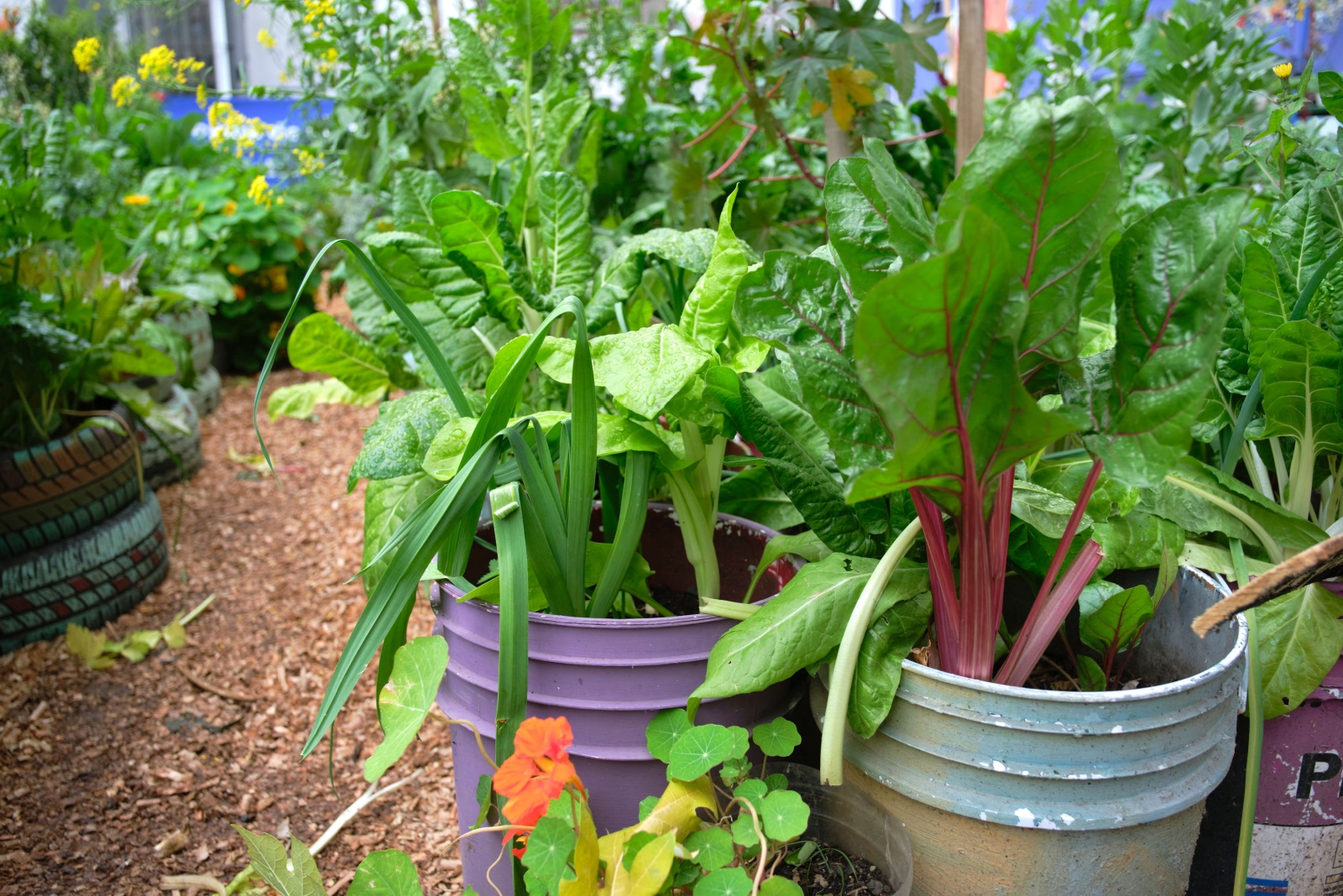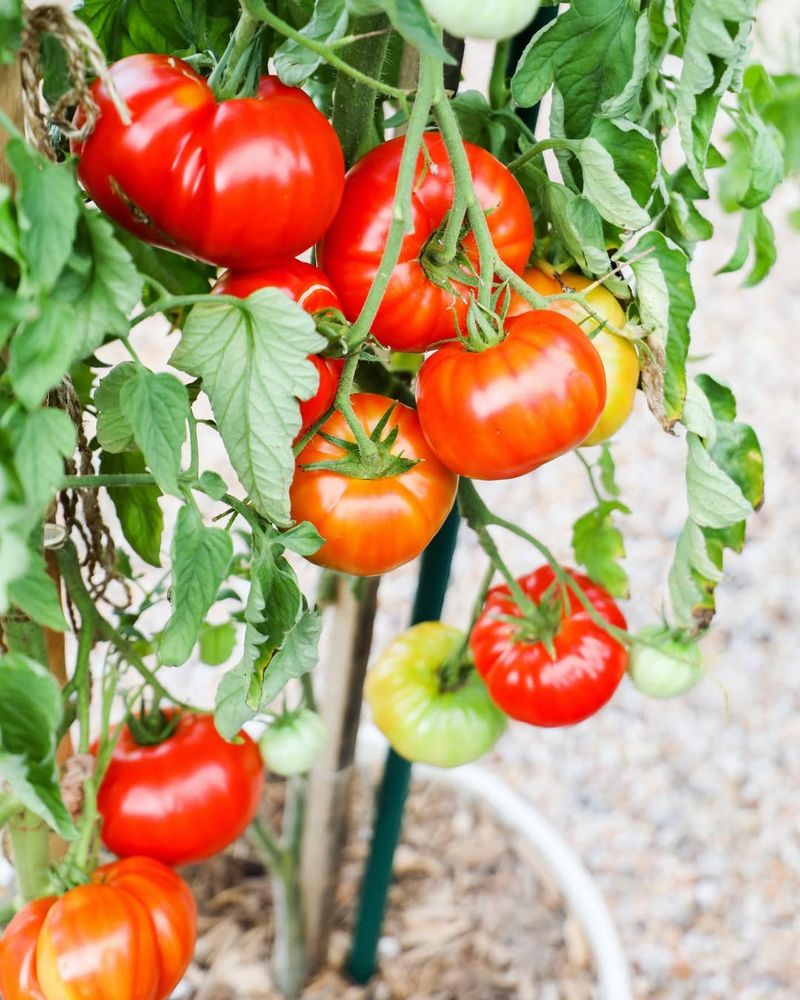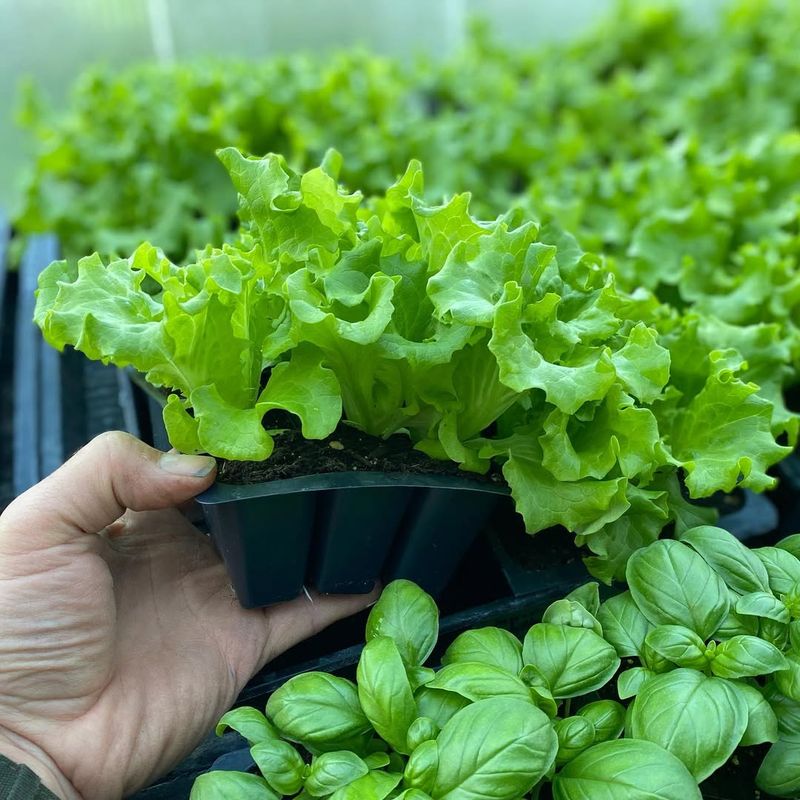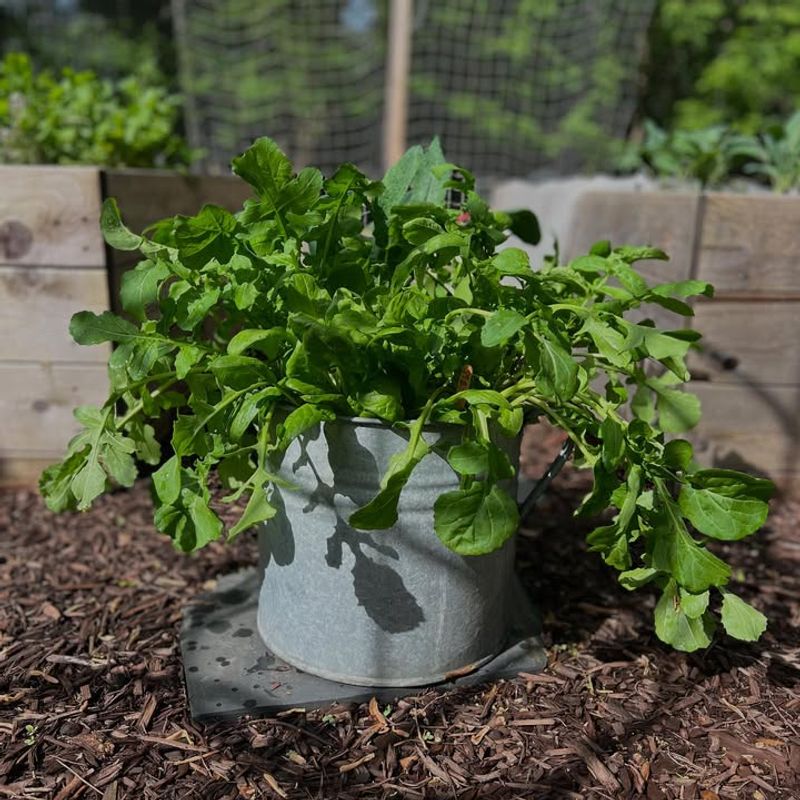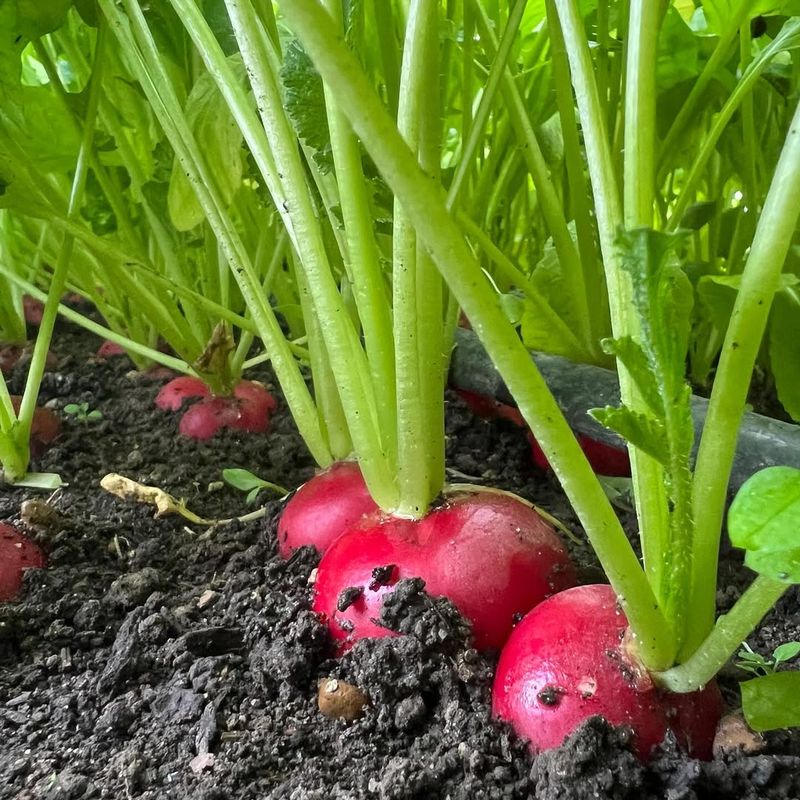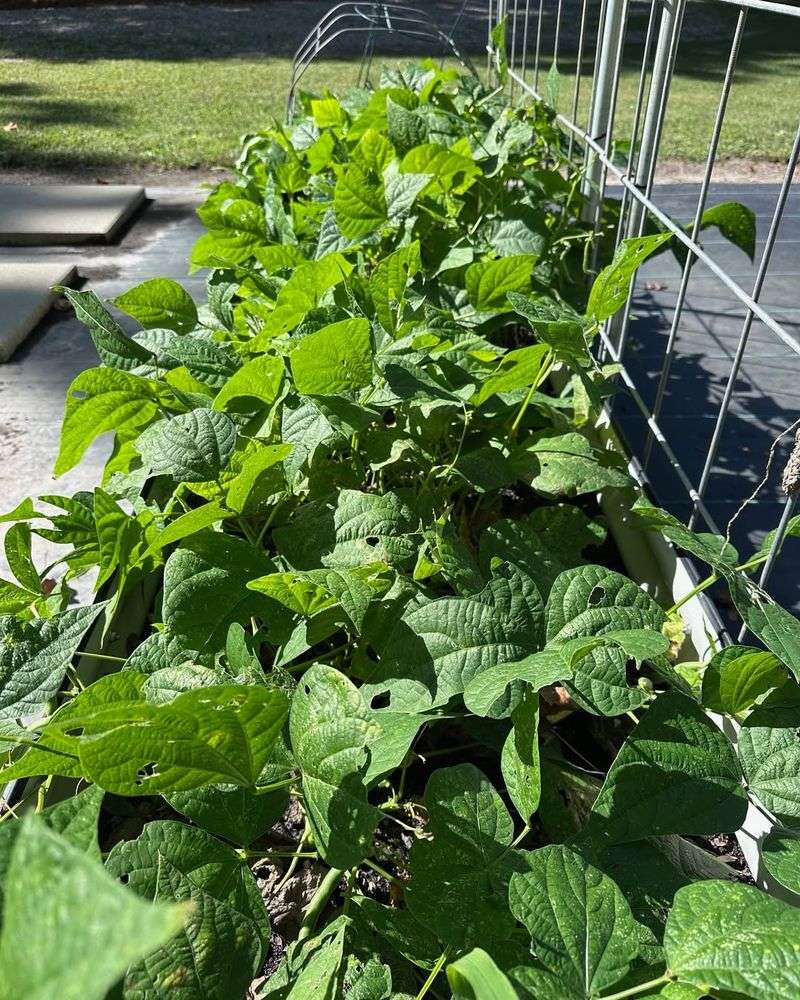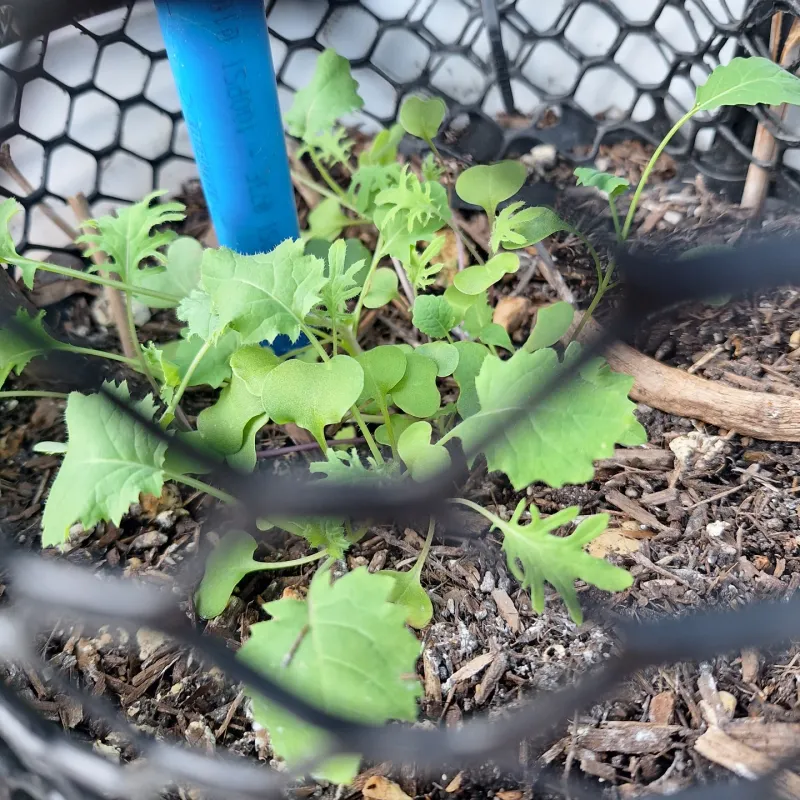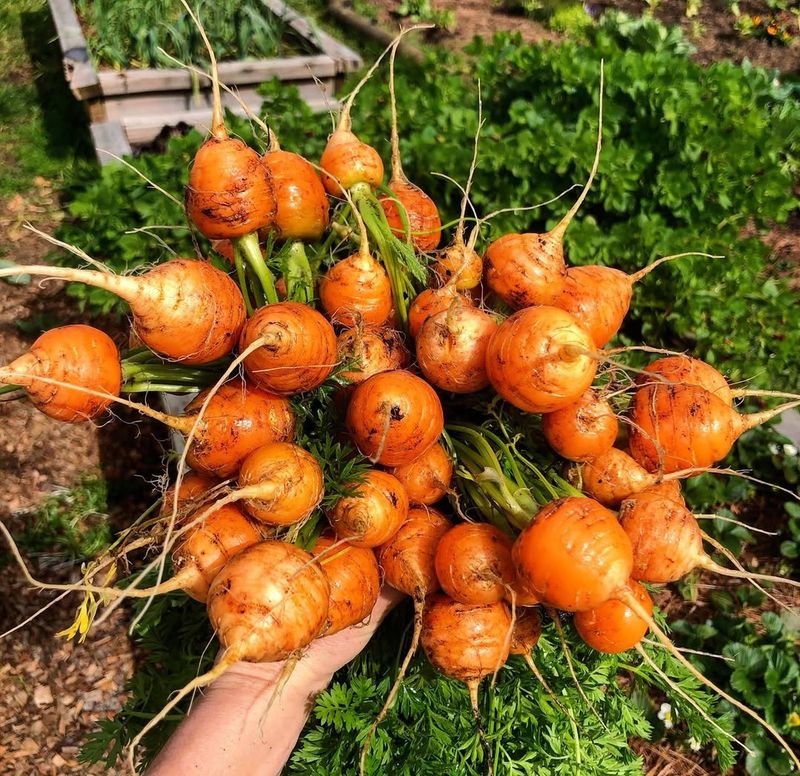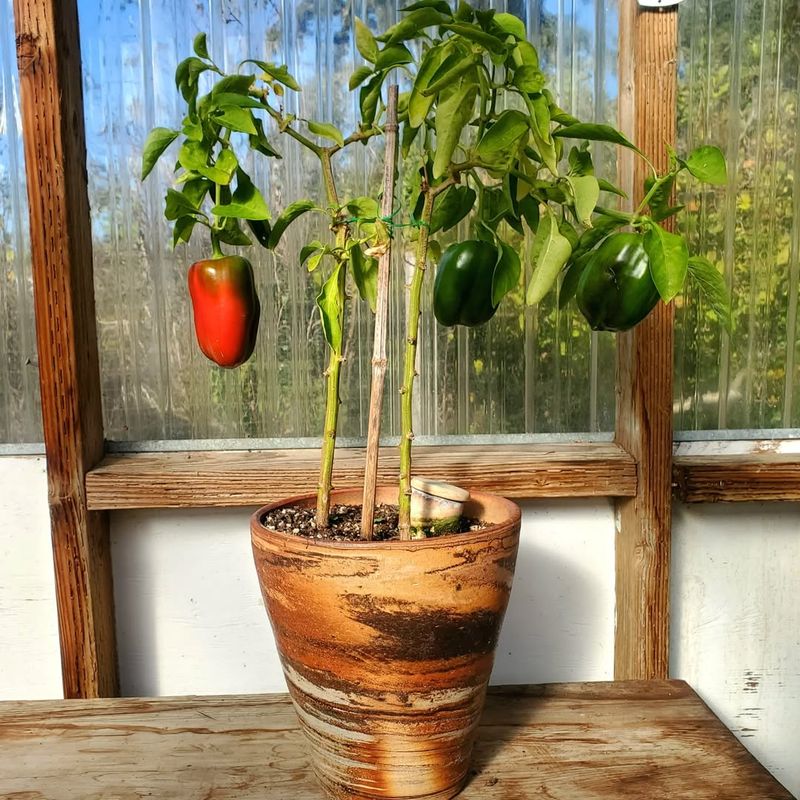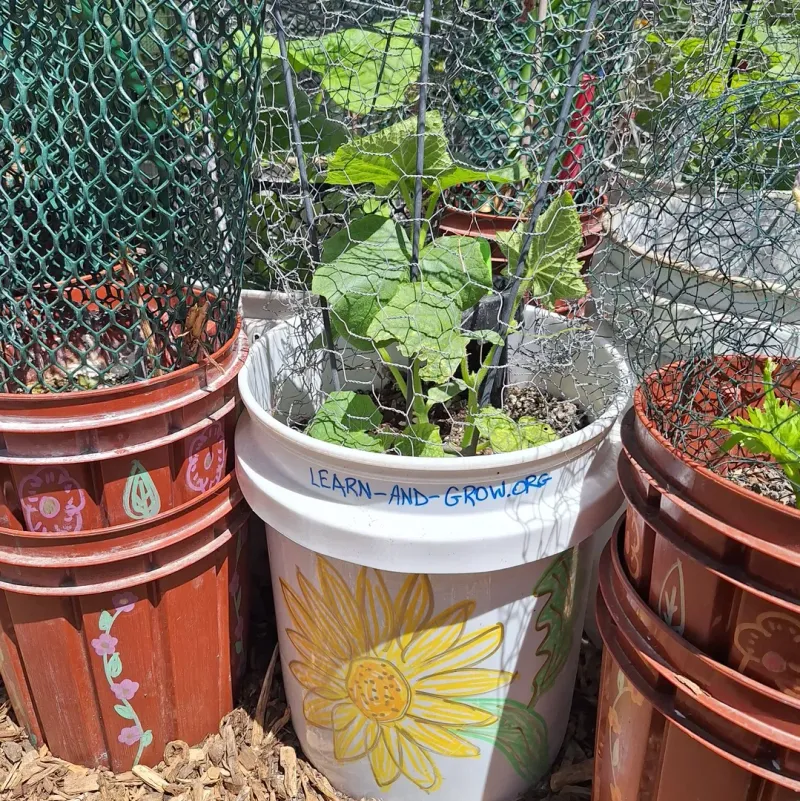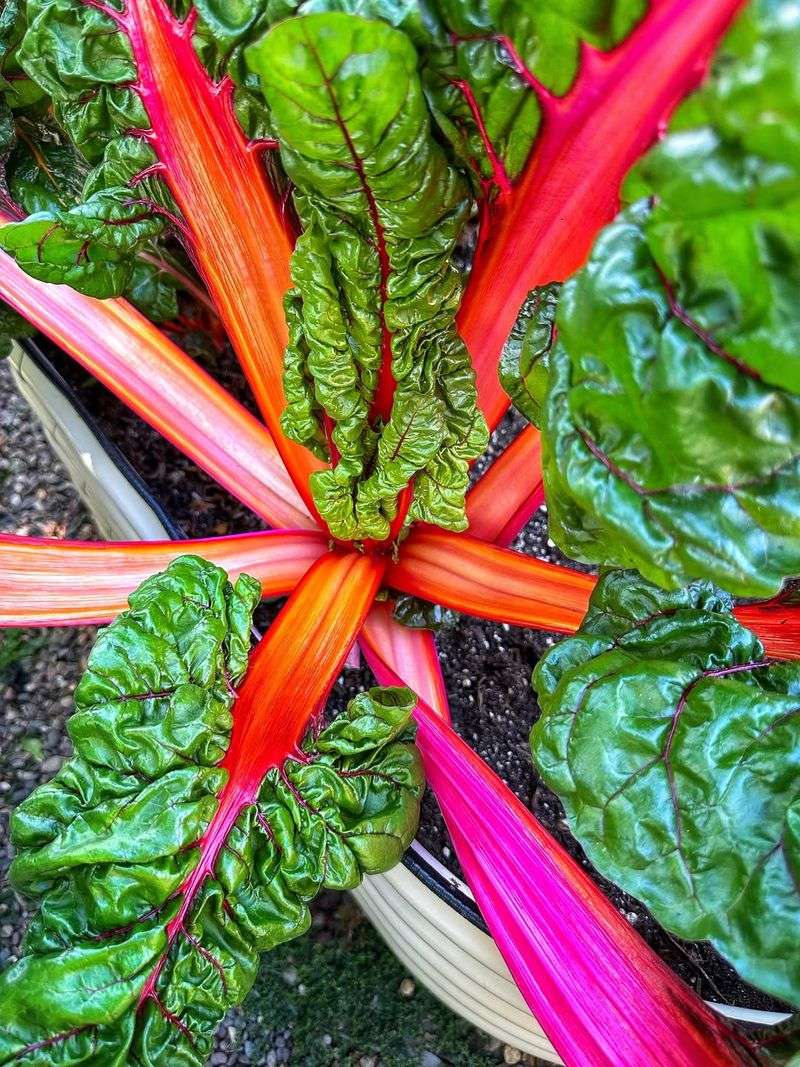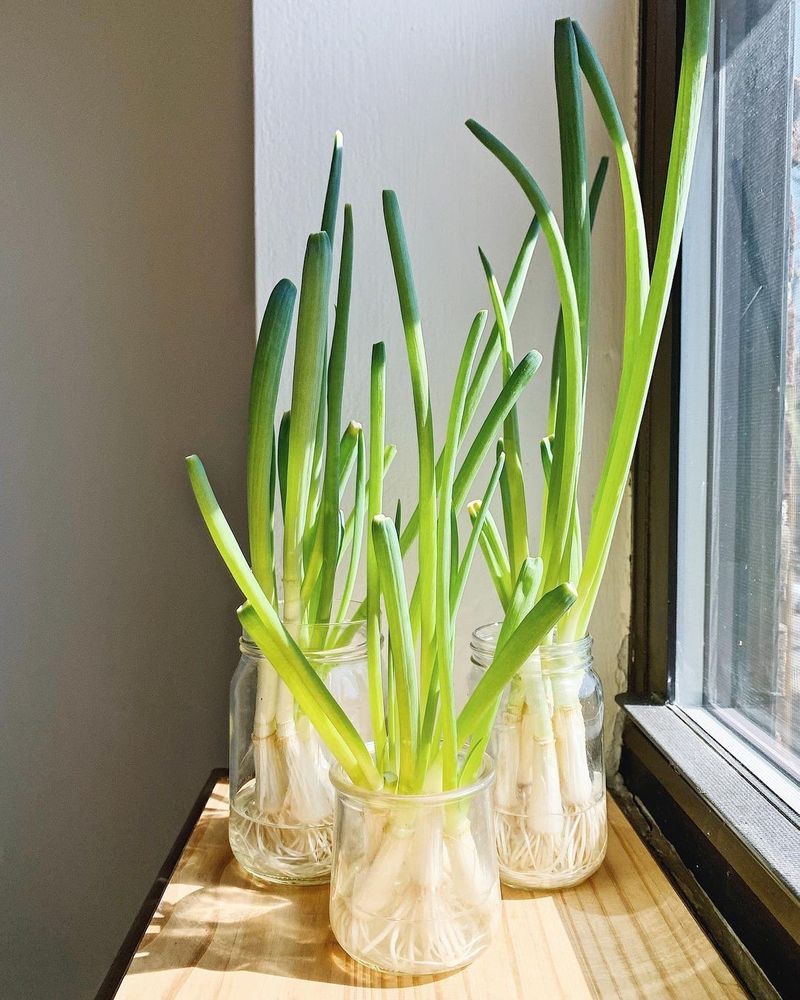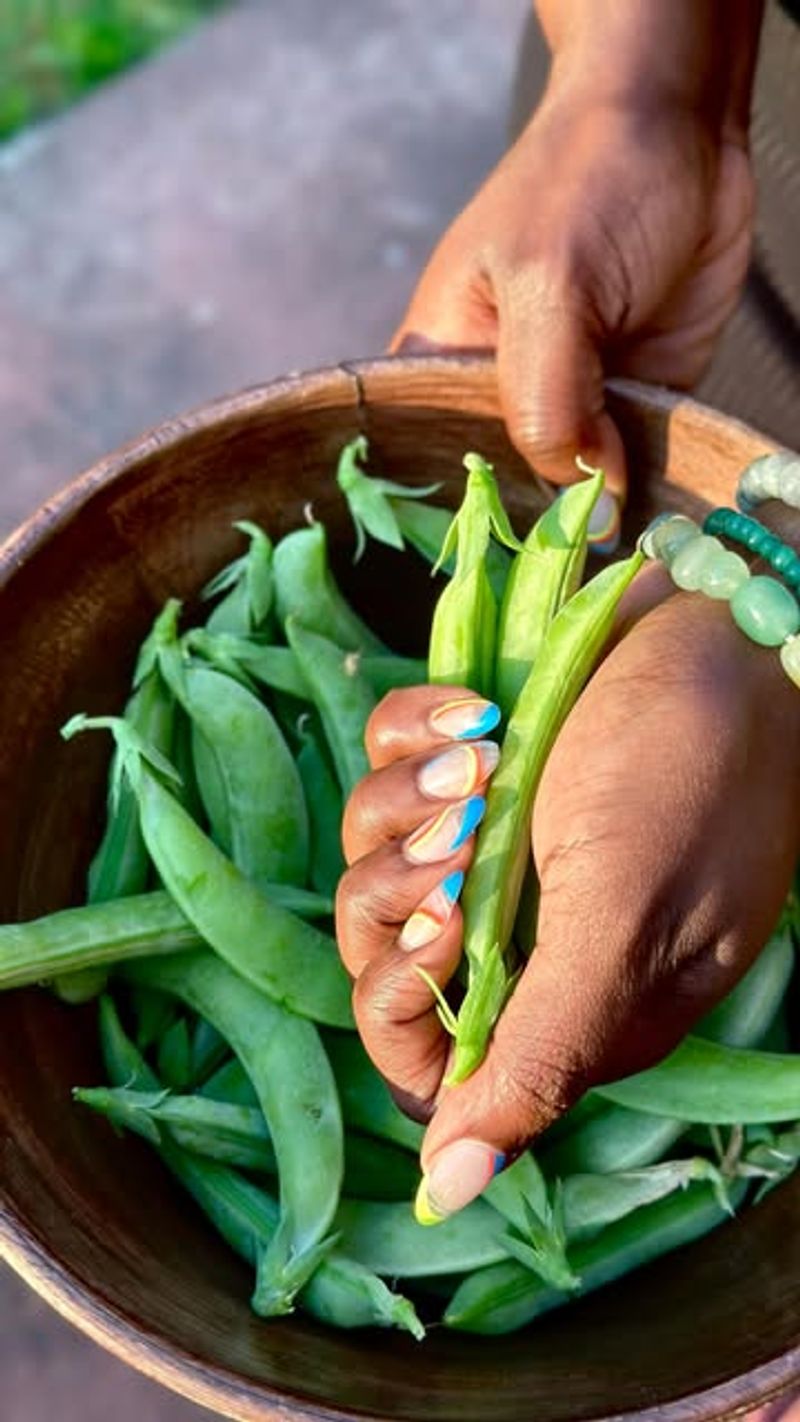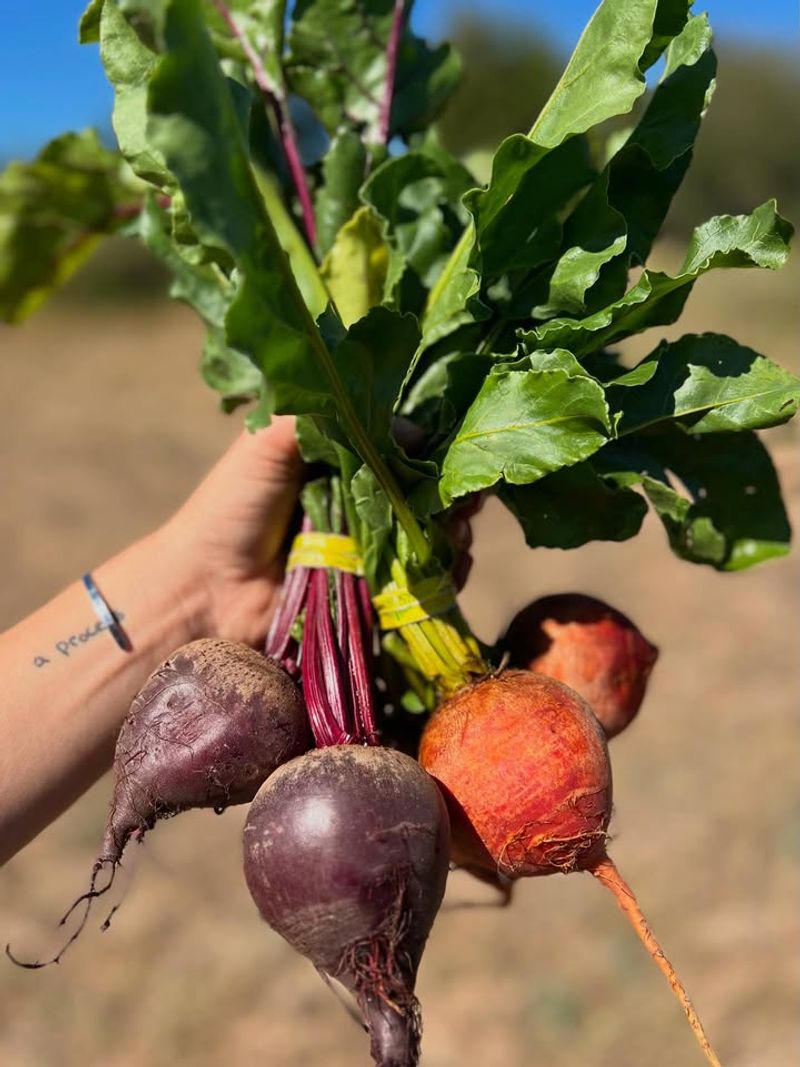Growing fresh vegetables in Massachusetts doesn’t have to stop when winter arrives. Bucket gardening lets you grow tasty produce right on your porch, balcony, or even indoors all year long.
With the right containers and a little know-how, you can enjoy homegrown veggies even when snow blankets the ground outside.
1. Cherry Tomatoes
Sweet and juicy, cherry tomatoes thrive in five-gallon buckets with proper drainage holes. Pick varieties like Tiny Tim or Tumbling Tom that stay compact and produce fruit quickly.
Place your bucket near a sunny window or under grow lights during winter months. Water regularly and add tomato fertilizer every two weeks to keep plants producing those delicious bite-sized treats all year round.
2. Lettuce
Crisp salad greens grow incredibly fast in buckets, often ready to harvest within 30 days. Leaf lettuce varieties work best since you can snip outer leaves while the plant keeps growing.
Cool-season crops like lettuce actually prefer Massachusetts winters indoors. Keep soil moist but not soggy, and rotate your bucket weekly so all sides get equal light exposure for even growth patterns.
3. Spinach
Packed with iron and vitamins, spinach loves cooler temperatures that make it perfect for year-round bucket growing. Choose a container at least 8 inches deep with excellent drainage.
Baby spinach varieties mature quickly and taste sweeter than full-grown leaves. Harvest outer leaves first to encourage continued production, and watch for bolting if temperatures climb too high during summer months indoors.
4. Radishes
Fast-growing radishes go from seed to snack in just three weeks, making them incredibly rewarding for impatient gardeners. Their shallow roots adapt perfectly to bucket life with minimal space requirements.
Sow seeds directly into moist potting mix every two weeks for continuous harvests. Radishes prefer cooler conditions, so winter growing in Massachusetts actually produces the crispest, mildest-tasting roots you’ll ever enjoy.
5. Green Beans
Bush bean varieties produce abundant harvests without needing climbing supports, making them ideal bucket candidates. Plant 4-6 seeds per five-gallon container for best results.
Beans fix nitrogen in soil, actually improving your potting mix for future plantings. Pick pods regularly to encourage more production, and remember that beans love warmth, so position buckets in the sunniest spots available during colder months.
6. Kale
Incredibly cold-hardy, kale actually tastes sweeter after frost touches its leaves. Dwarf varieties like Dwarf Blue Curled fit perfectly in buckets while producing generous harvests.
This superfood thrives in Massachusetts conditions year-round, requiring minimal fussing. Harvest lower leaves first, leaving the growing crown intact for months of continuous production. Kale tolerates partial shade better than most vegetables too.
7. Carrots
Choose shorter carrot varieties like Thumbelina or Paris Market that mature perfectly in bucket depths. Loose, sandy potting mix prevents forked or twisted roots that happen in dense soil.
Thin seedlings to two inches apart once they sprout for properly sized carrots. Container-grown carrots often taste sweeter than garden varieties because you control soil quality completely, avoiding rocks and clay that cause deformities.
8. Peppers
Bell peppers and hot varieties both flourish in buckets with warm conditions and consistent moisture. Compact cultivars like Lunchbox or Mohawk produce full-sized peppers on smaller plants.
Peppers need at least six hours of bright light daily, so supplement with grow lights during dark Massachusetts winters. Support heavy branches with small stakes, and harvest regularly to stimulate more pepper production throughout the year.
9. Cucumbers
Bush cucumber varieties eliminate sprawling vines while delivering crunchy harvests in compact spaces. Train vining types up small trellises attached to bucket edges for vertical growing.
Cucumbers drink heavily, so check soil moisture daily during hot weather or near indoor heating vents. Pick cucumbers when small and tender for best flavor, and remove any that grow too large to encourage continued fruit production.
10. Swiss Chard
Rainbow chard varieties add stunning color to bucket gardens with their vibrant stems in red, yellow, orange, and white. Both leaves and stems are edible and packed with nutrients.
Cut-and-come-again harvesting keeps chard producing for months from a single planting. Remove outer stalks at soil level, and the plant keeps generating new growth from its center, making it wonderfully economical for small-space gardening.
11. Scallions
Green onions require minimal space and grow remarkably fast, making them perfect bucket companions for other vegetables. Plant seeds thickly or save root ends from store-bought scallions and replant them.
Harvest by snipping tops with scissors, leaving roots intact for regrowth. Scallions tolerate crowding better than most vegetables, so you can pack lots into one container for continuous harvests that add flavor to meals.
12. Peas
Sugar snap and snow peas climb happily up bamboo stakes or small trellises inserted into buckets. Dwarf varieties like Tom Thumb stay compact while producing sweet, crunchy pods.
Peas prefer cool weather, making them excellent choices for Massachusetts fall and winter indoor growing. Plant seeds one inch deep and keep soil consistently moist for germination, then watch as delicate tendrils reach upward toward light.
13. Beets
Both roots and greens are edible on beet plants, giving you double harvests from single buckets. Choose smaller varieties like Detroit Dark Red or Golden that mature perfectly in confined spaces.
Thin seedlings to three inches apart for properly sized bulbs, and eat the thinned baby greens in salads. Beets tolerate partial shade and cooler temperatures exceptionally well, making them reliable producers during challenging Massachusetts weather conditions.

